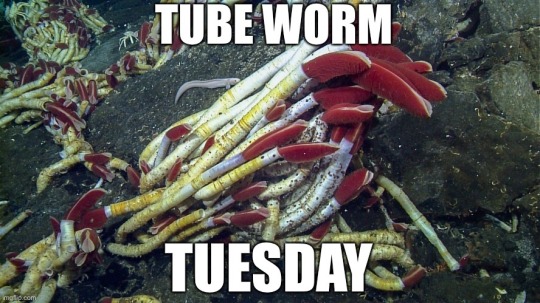#marine tube
Text

Marine Tube, Unova 🌊
#pokemon fanart#pokemon#pokemon black and white#pokemon black 2 and white 2#pokemon unova#pokemon rosa#mantine#alomomola#luvdisc#marine tube#frillish
207 notes
·
View notes
Text


🐟 marine tube
#finally got to marine tube and im having the time of my life#personal#pokemon#pokemon white 2#marine tube#aesthetic
14 notes
·
View notes
Photo

My team in pokemon white 2
#unova#pokemon bw2#pokemon#pokemon BW#garbodor#weavile#samurott#sigilyph#chandelure#ferrothorn#undella town#marine tube
5 notes
·
View notes
Text
Daily fish fact #463
Tube-eye!
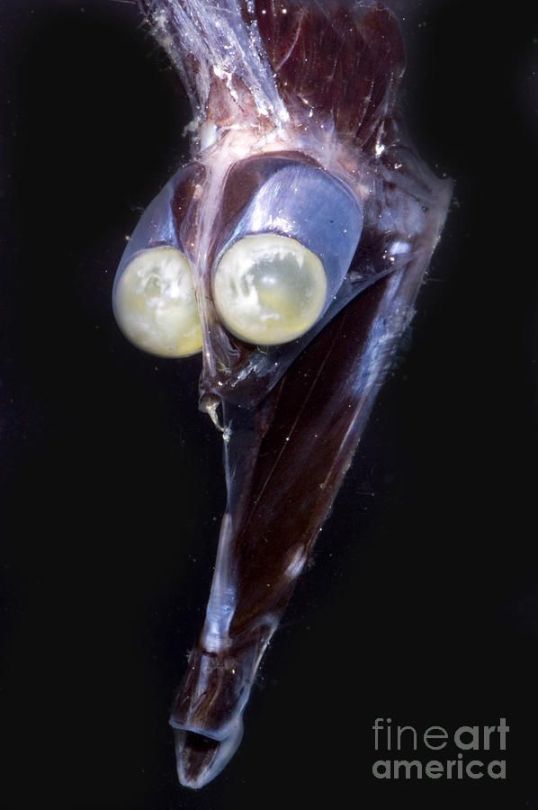
Also called a thread-tail; they’re deep sea fish that suck in very small prey through their tubular mouth! They can expand their mouth several times larger than normal, causing a vacuum that sucks in anything small enough to fit in their mouth.
#fish#fishfact#fish facts#fishblr#marine biology#marine life#marine animals#sea creatures#sea life#sea animals#deep sea life#deep sea fish#deep sea#deep sea creatures#biology#zoology#tube-eye#thread-tail
2K notes
·
View notes
Text




Ernest Ojeh
#ocean#sea#beautiful#underwater#animal#saltwater#photography#water#fish#dive#anthias#anemone#tube anemone#clownfish#marine animals#marine wildlife#sea lover#sea life#sea animals
475 notes
·
View notes
Text

250 notes
·
View notes
Text
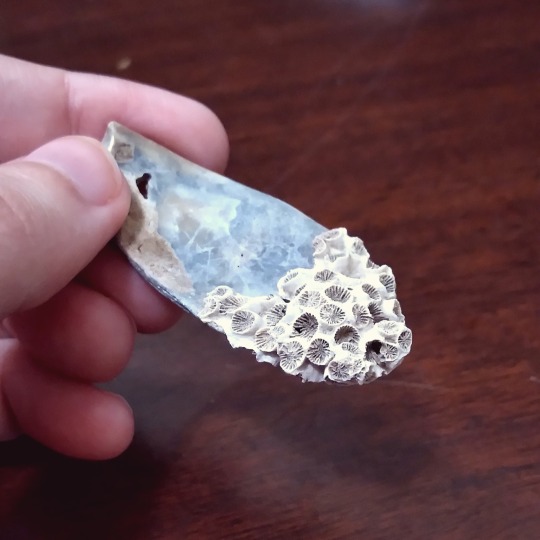
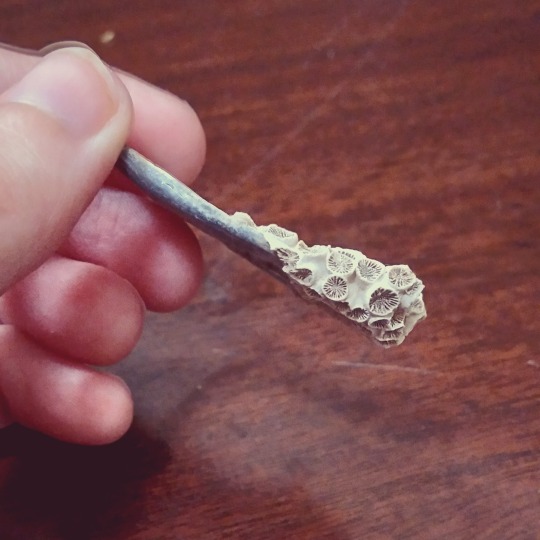


anyone want some chips and dip? and by "chips" i mean oyster shells, and by "dip" i mean sessile invertebrates
94 notes
·
View notes
Text
The modern world is nice, but sometimes you just get the urge to go primitive. Because I'm a complete wimp who would die within a day of giving up the internet, I'm going to deal with that urge by talking about primitive animals. It's Wet Beast Wednesday and I'm talking about lancelets.

(image: a lancelet. Not much to look at, are they?)
Lancelets, or amphioxi, are highly basal (close to the ancestral form) chordates that are vaguely similar to fish, but are vastly more primitive. They have all the characteristics of chordates, the key one being a notochord, a flexible rodlike structure that goes down the body. The majority of chordates that are still alive are vertebrates, who have incorporated the notochord into the spinal column. The other groups of surviving chordates are the tunicates (who I'll get to eventually) and the lancelets. Because lancelets are so primitive, they are used at model organisms representing an early stage of vertebrate evolution. It was originally thought that lancelets are remnants of an early lineage that eventually evolved into vertebrates. Genetic studies later showed that tunicates are actually more closely related to modern vertebrates than lancelets. They are still used as a model organism as they are a fantastic representation of early chordates. The similarity of lancelets to the 530 million year old Pikaia gracilens, one of the earliest known chordates, is one of the reasons they are such a useful model organism.

(image: a diagram of lancelet anatomy by Wikipedia user Systematicist)
Lancelets can be found all over the world, living in temperate to tropical shallow seas. The only known exception is Asymmetron inferum, which has been found around whale falls at 225 m (738 ft) deep. They are small animals, reaching around 8 cm at their largest. An amphioxus looks pretty worm-like, with a simple mouth at one end and a pointed tail at the other. The name amphioxus means "both (ends) pointed" which is a pretty appropriate description. The mouth is lined with tentacle-like threads called oral cilli, which are used for feeding. Lancelets are filter-feeders that use the cirri to filter plankton, microbes, and organic detritus. Water and food pass into the pharynx (back of the mouth), which is line with gill slits. This is where it gets weird. The gill slits aren't used for respiration, but for feeding. Mucus gets pushed through the gill slits by cilia, trapping the food and moving it deeper into the digestive tract. Not only to lancelets not use their gill slits to respirate, they actually don't have a respiratory system at all. Instead, they just absorb dissolved oxygen through their thin and simple layer of skin. Their circulatory system doesn't move oxygen around either as there is no heart or hemoglobin present. For what it's worth, they don't have a proper live either. When you look at a lancelet's anatomy, you can see similarities to fish anatomy, just much more primitive and with some parts missing.
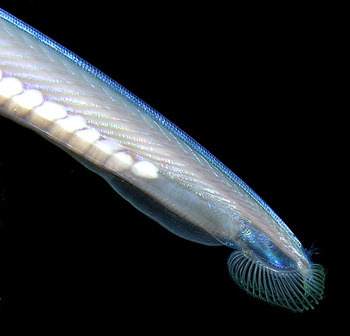
(image: the head of a lancelet, with mouth and cilli visible)
Lancelets have 4 different systems used for vision. Two, the Joseph cells and Hesse organs, are simple photoreceptors that are on the notochord and detect light along the back of the animal. Imagine having a bunch of very simple yes on your spinal cord that can see through your skin. There is also a simple photoreceptor called the lamellar body (which confusingly is also the name of a type of lipid) and a single simple eye on the head. Speaking of light, lancelets are florescent, producing green light when exposed to blue to ultraviolet light. In all species, the proteins responsible for this are found around the cilii and eye, but some species also have them in the gonads and tail. The purpose for this florescence isn't exactly known, but a common hypothesis is that it helps attract plankton toward their mouths.
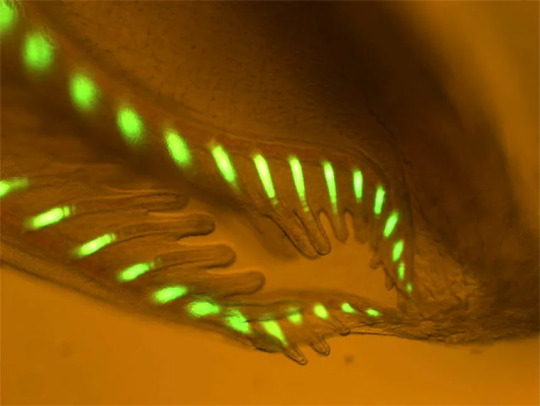
(image: an extreme close-up of a lancelet's cilli fluorescing)
Lancelets have seasonal reproduction cycles that occur in summer. Females release their eggs first, followed my males releasing sperm to fertilize them. Depending on species, spawning can either occur at specific times, or gradually throughout breeding season. Development occurs in several stages. In the frist stage, they live in the substrate, but they will quickly move into the water column to become swimmers. These swimming larvae practice diel vertical migration, traveling to the surface at night and returning to the seafloor in the day. While larvae can swim, they are still subject to the current and can be carried long distances. Adults retain their ability to swim, which is done by wriggling like an eel and in some cases, spinning around in a spiral fashion while moving forward. Unlike the larvae, adults spend most of their time buried in the substrate with only their heads exposed. They typically only emerge when mating or if disturbed.
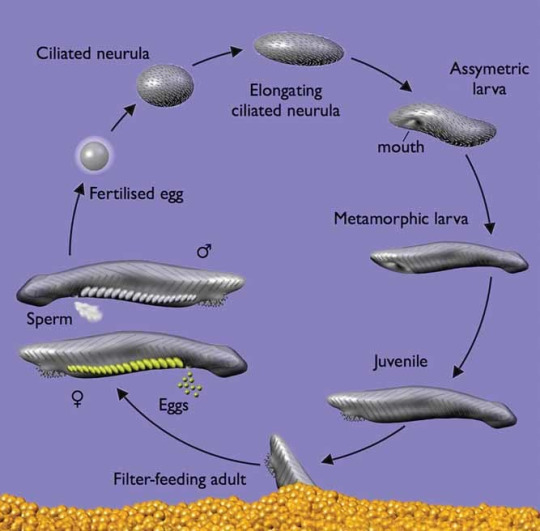
(image: a diagram of the lancelet life cycle. source)
Because of their use as model organisms, humans have developed methods to keep and breed lancelets in captivity. The majority of research has been done on Branchiostoma lanceolatum, but several other species have been studied. Multiple species are endangered due to pollution and global warming. Several species are edible and can either be eaten whole or used as a food additive. In spring, when their gonads begin to develop for breeding season, they develop a bad flavor.
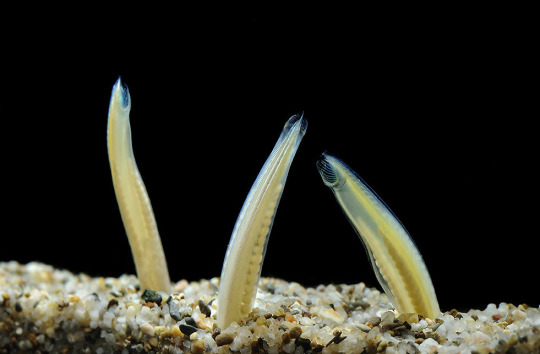
Mom: "we have garden eels at home". Garden eels at home:
(image: three lancelets sticking their heads out of the sediment)
#wet beast wednesday#weird-ass tube beast#lancelet#amphioxus#chordate#chordata#marine biology#biology#ecology#zoology#animal facts#evolutionary biology
232 notes
·
View notes
Text

🐠🐠🐠

I had so many Rosas saved… so it comes as a bonus
#pokemon#pokemon b2w2#pokemon black 2 white 2#art#fanart#rosa#hugh#Nate#marine tube :)#trainer rosa#trainer hugh#trainer nate#cynthia#she’s there too ig
65 notes
·
View notes
Text

Yellow tube sponge (Aplysina fistularis)
Photo by Alex Mustard
#yellow tube sponge#tube sponge#sponge#aplysina#aplysina fistularis#verongiida#sea sponge#yellow#aquatic#marine#marine life#sea#ocean#coral reef#reef#marine invertebrates#marine animals#nature
183 notes
·
View notes
Text

Giant Tube Worms
NOAA Okeanos Explorer Program, Galapagos Rift Expedition 2011 / Flickr / CC BY 2.0
#noaa okeanos explorer program#galapagos rift expedition 2011#flickr#photographer#marine#nature#giant tube worms#worms
62 notes
·
View notes
Text

The Common Objects of the Seashore. Written by John George Wood. 1857.
Internet Archive
271 notes
·
View notes
Text

These two!!! I'm ashamed of myself for not thinking of Rutherford when Hunter's lil cosplay first happened smh. ALso-

If you don't get the funnies I guess you'll just have to watch Lower Decks and/or The Owl House ehehehe
#oh no many characters hhh#fanart#jefferies tubes#hunter toh#toh#toh s3#the owl house#the owl house fanart#ensign rutherford#sam rutherford#samanthan rutherford#lower decks#star trek: lower decks#star trek#let rutherford break the prime directive? pls? just once? as a treat?#beckett mariner#mariner#ensign mariner#boimler#bradward boimler#brad boimler#ensign boimler#d'vana tendi#ensign tendi#tendi#the dog
289 notes
·
View notes
Text
Volcanoes of the Deep Sea (2003)
Watching the film that got me excited about tube worms and the deep ocean when I was just a small child, lost at the Pacific Science Center. Somehow I ended up in a showing of the film all on my own, absolutely riveted by the deep ocean life and geology, until security found me and brought me back to my parents.
I don't remember if I was there from the start of the film, but a few minutes in they have some beautiful shots of lobate ctenophores, and I wonder if that day might have been the first time I ever saw a ctenophore.
I've included a link to where the movie is free to watch, in case anyone is interested.
#currently watching#movies#Volcanoes of the deep sea#childhood#deep sea#tube worms#marine biology#ocean#documentary#alvin#deep ocean#free to watch
29 notes
·
View notes
Text


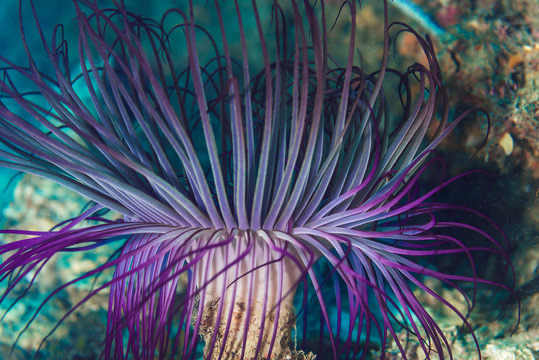
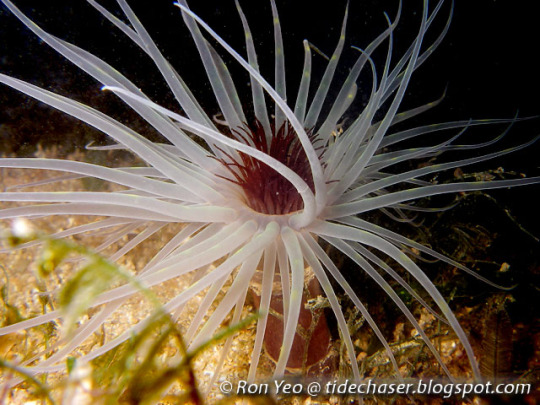
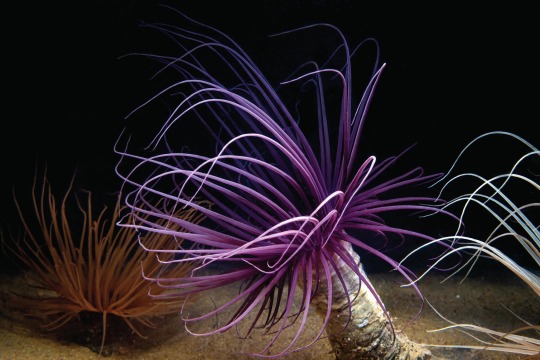
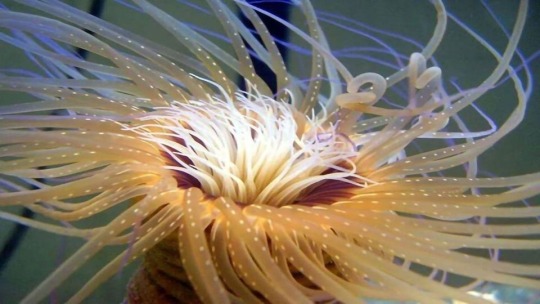

Tube Anemones 🩵
#anemone#tube anemone#ocean#sea#beautiful#underwater#animal#nature photography#water#animal photography#saltwater#marine animals#marine life#sea creatures#Cnidaria
313 notes
·
View notes
